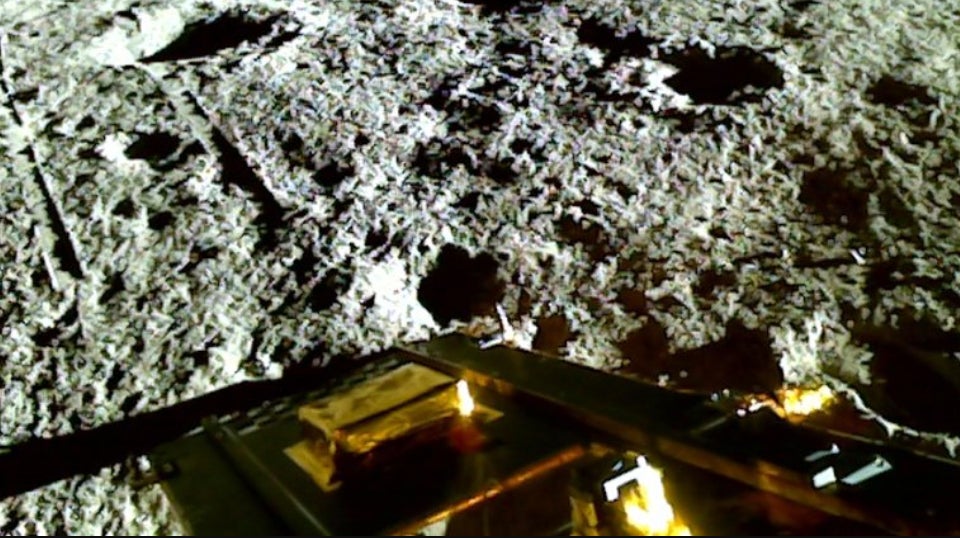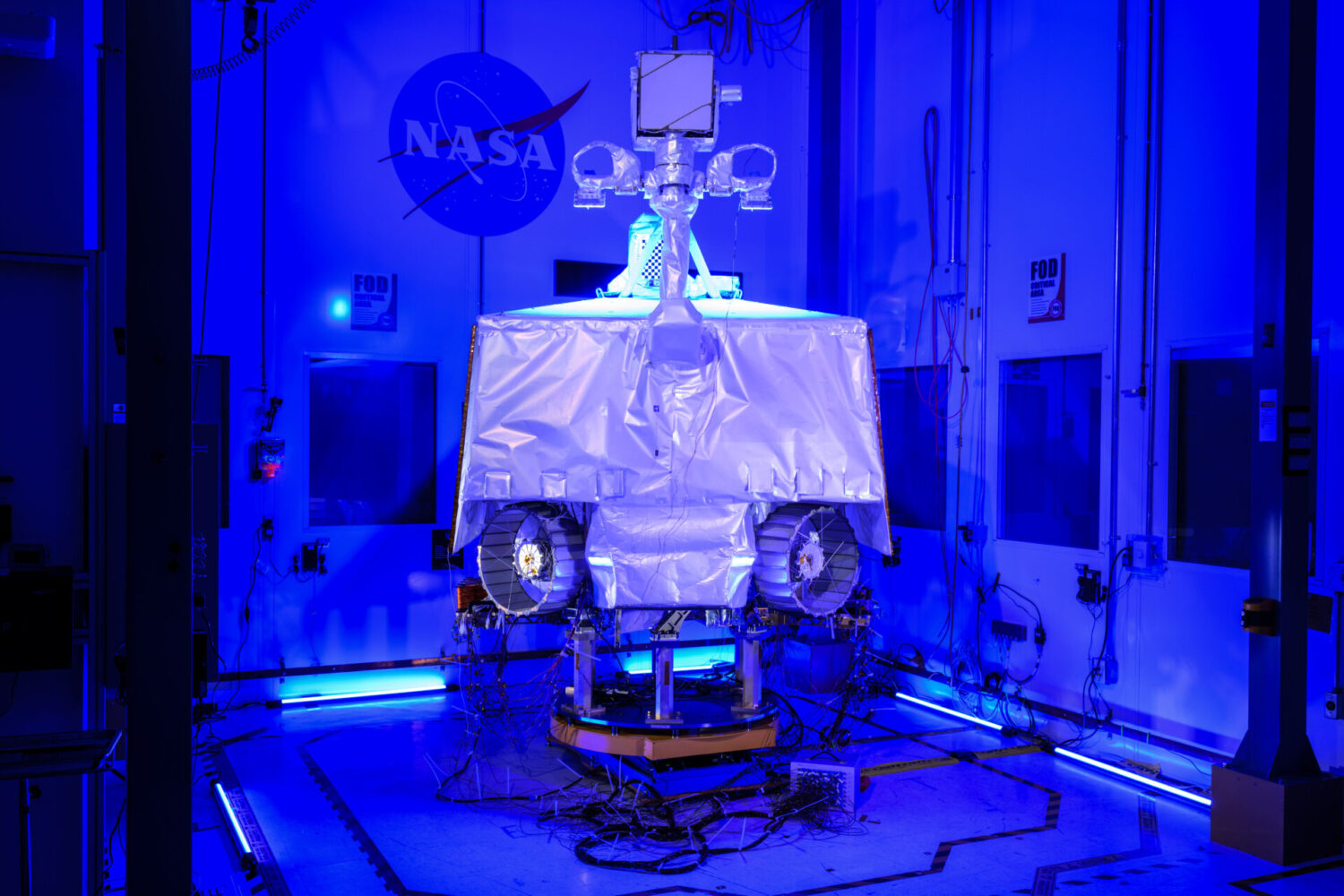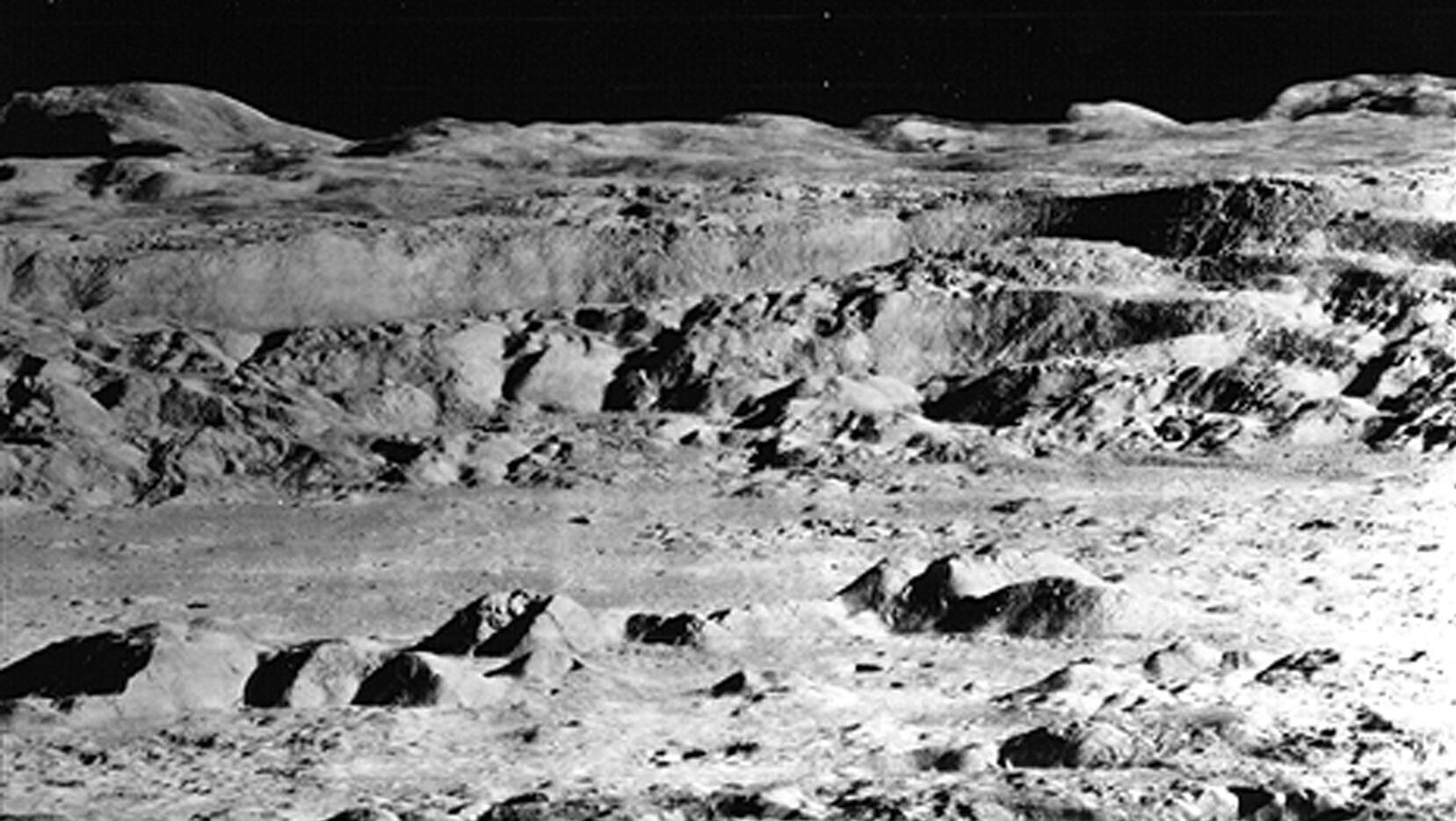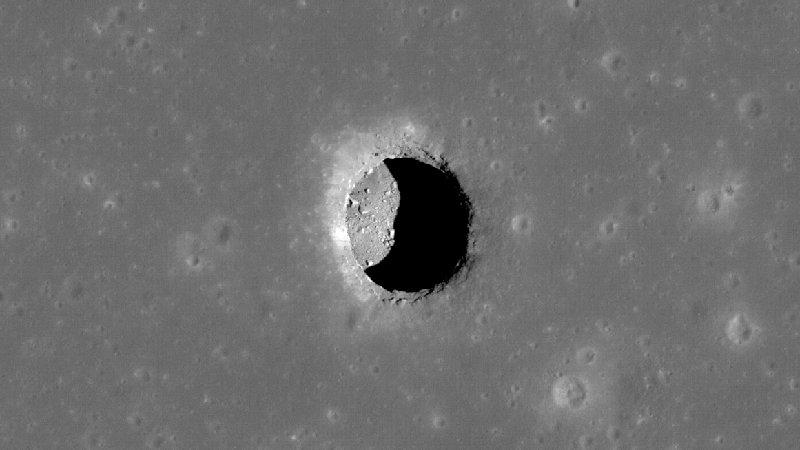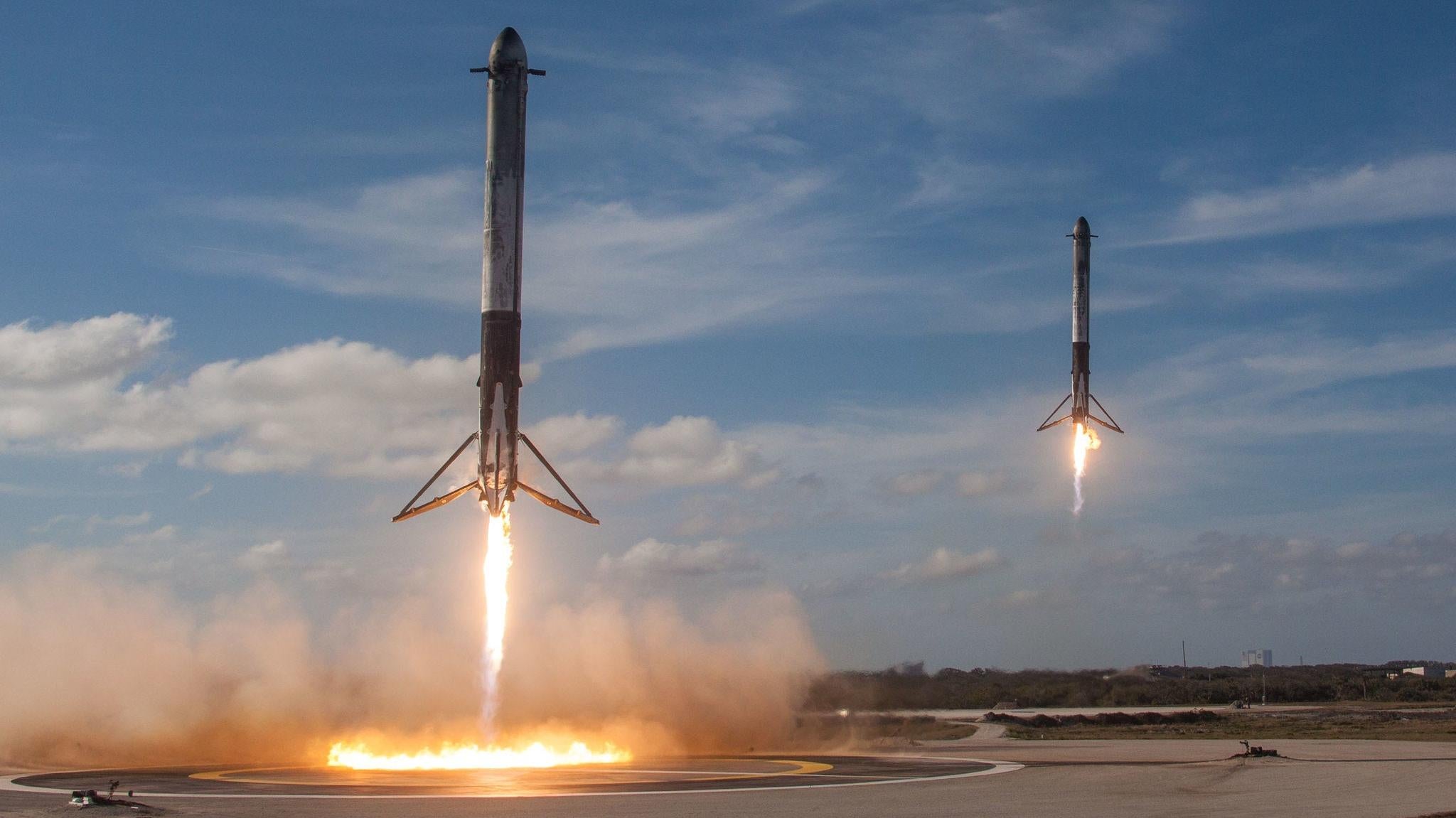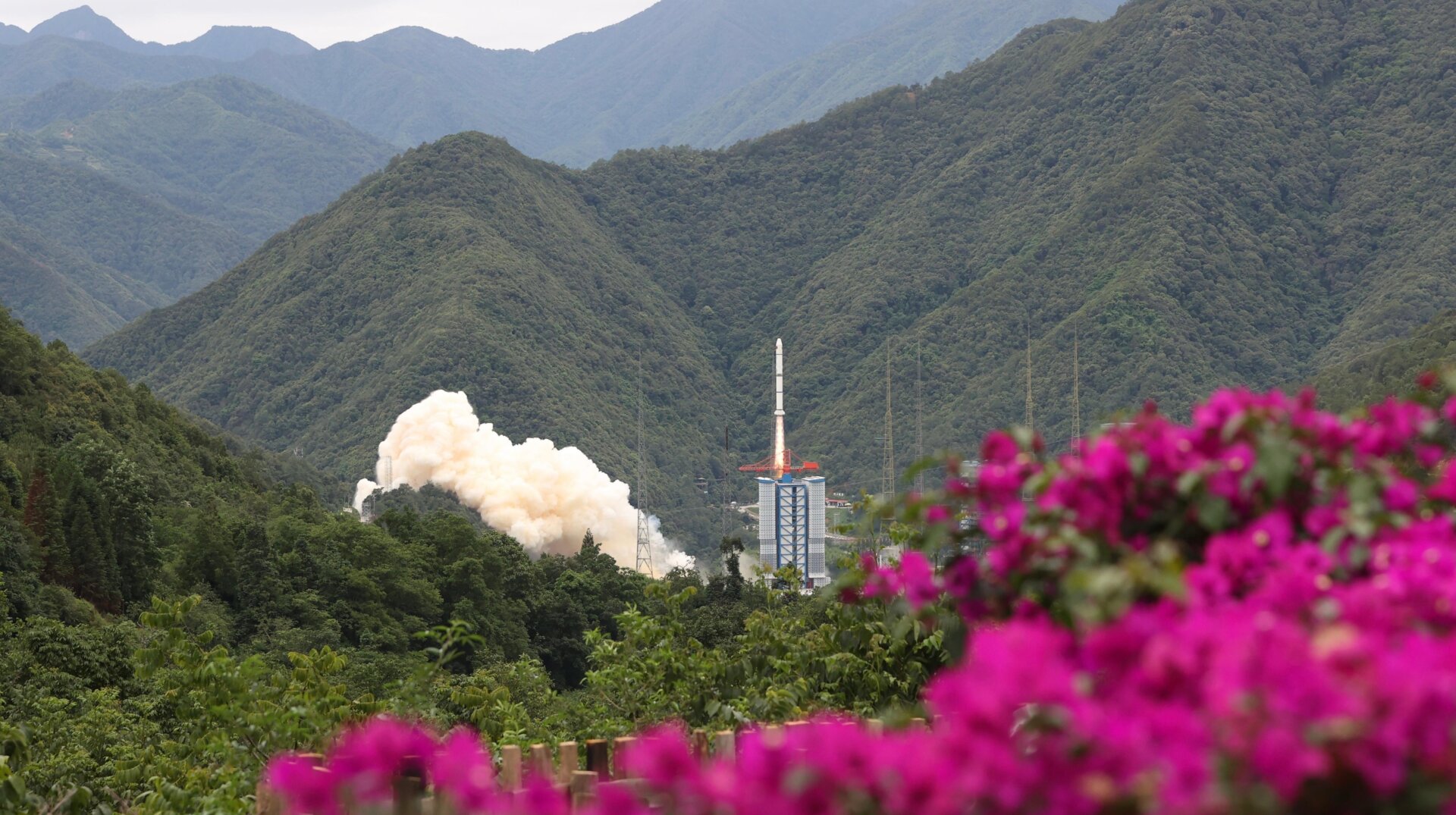Following an eventful lunar day, India’s Chandrayaan-3 mission has been put to sleep to wait out the dreadful darkness of the Moon’s nighttime.
The Indian Space Research Organisation (ISRO) set its Vikram lander to sleep mode on Sunday at 10:30 p.m. ET, switching off its payloads while keeping its receivers on, the space agency announced on X, formerly Twitter. The lander’s companion on the Moon, the Pragyan rover, “will fall asleep next to Pragyan once the solar power is depleted and the battery is drained,” ISRO wrote on X.
India’s Chandrayaan-3 mission successfully landed on the Moon on August 23, making India the fourth country to achieve such feat after the Soviet Union, the U.S., and China. The mission was designed to last for the duration of a lunar day, with the lander’s solar panels converting sunlight into electricity. A lunar day and night each last about 14 Earth days, with the daytime experiencing extreme heat and brightness, while nighttime plunges into frigid darkness. Now that the Sun has set on the lunar south pole, Vikram and Pragyan are enjoying some downtime, but ISRO hopes to wake the pair up on September 22 when a new lunar day begins.
Before it was tucked in for the lunar night, the Vikram lander performed a brief stunt on the Moon. The lander fired its engines and elevated itself around 15 inches (40 cm) above the lunar surface, landing around 11-15 inches (30-40 cm) away from its original spot. The purpose of the hop experiment was to test out the technology for future missions.
Chandrayaan-3 Mission:
🇮🇳Vikram soft-landed on 🌖, again!Vikram Lander exceeded its mission objectives. It successfully underwent a hop experiment.
On command, it fired the engines, elevated itself by about 40 cm as expected and landed safely at a distance of 30 – 40 cm away.… pic.twitter.com/T63t3MVUvI
— ISRO (@isro) September 4, 2023
India’s Moon mission has been busy exploring the Moon’s south pole, measuring the temperature profile of this previously unexplored region. The Chandrayaan-3 rover has also found traces of sulfur and other chemical elements on the lunar surface.
As the lunar mission hunkers down for the night, India’s space agency is hopeful that its that its duo of lunar robots will awaken after enduring the cold lunar night and resume exploring the Moon’s dusty terrain.
For more spaceflight in your life, follow us on Twitter and bookmark Gizmodo’s dedicated Spaceflightpage.
